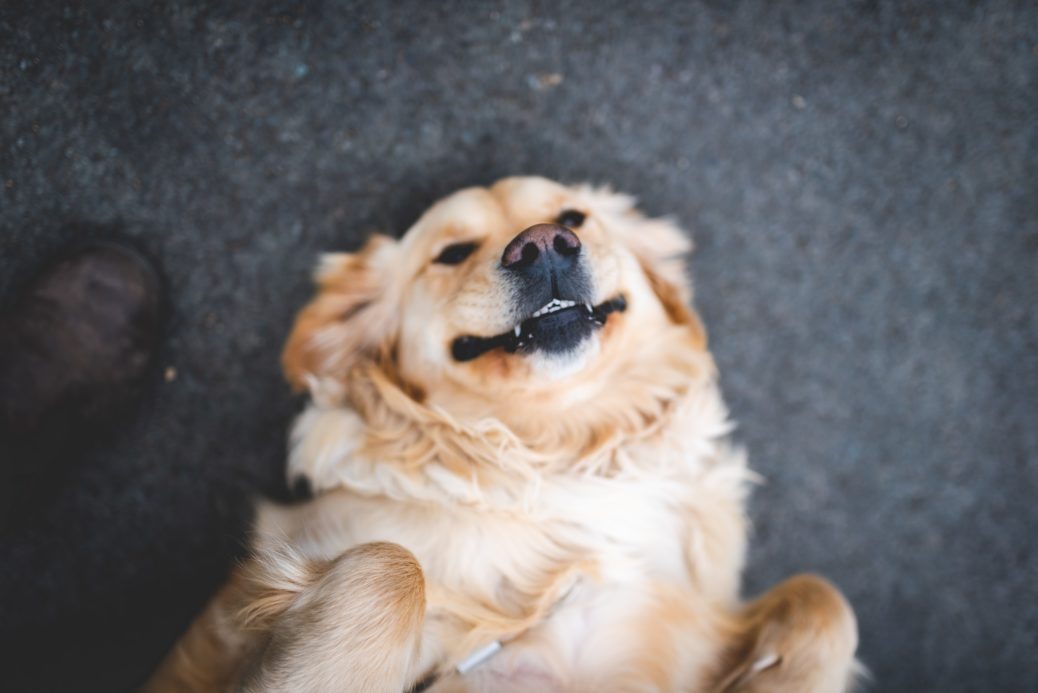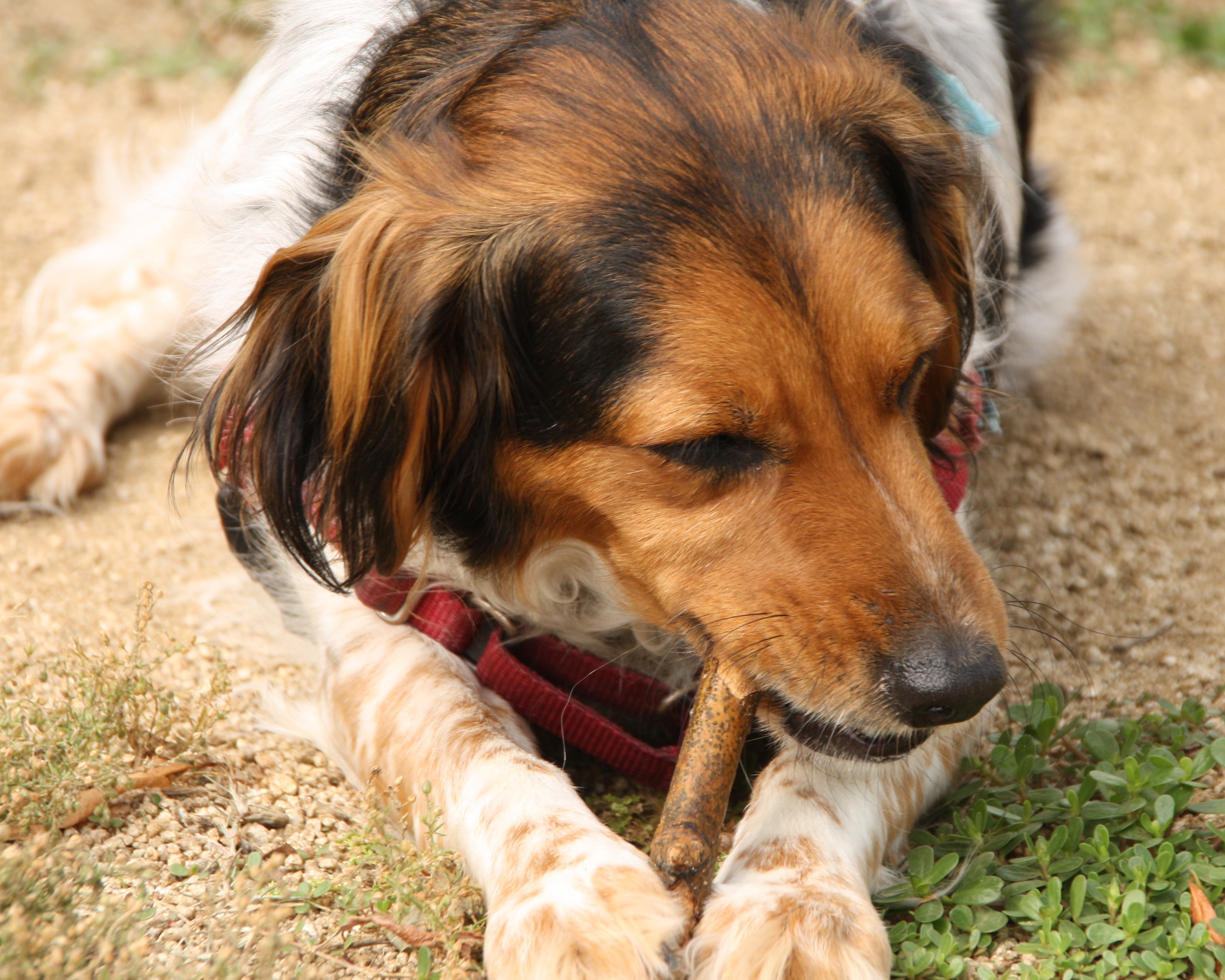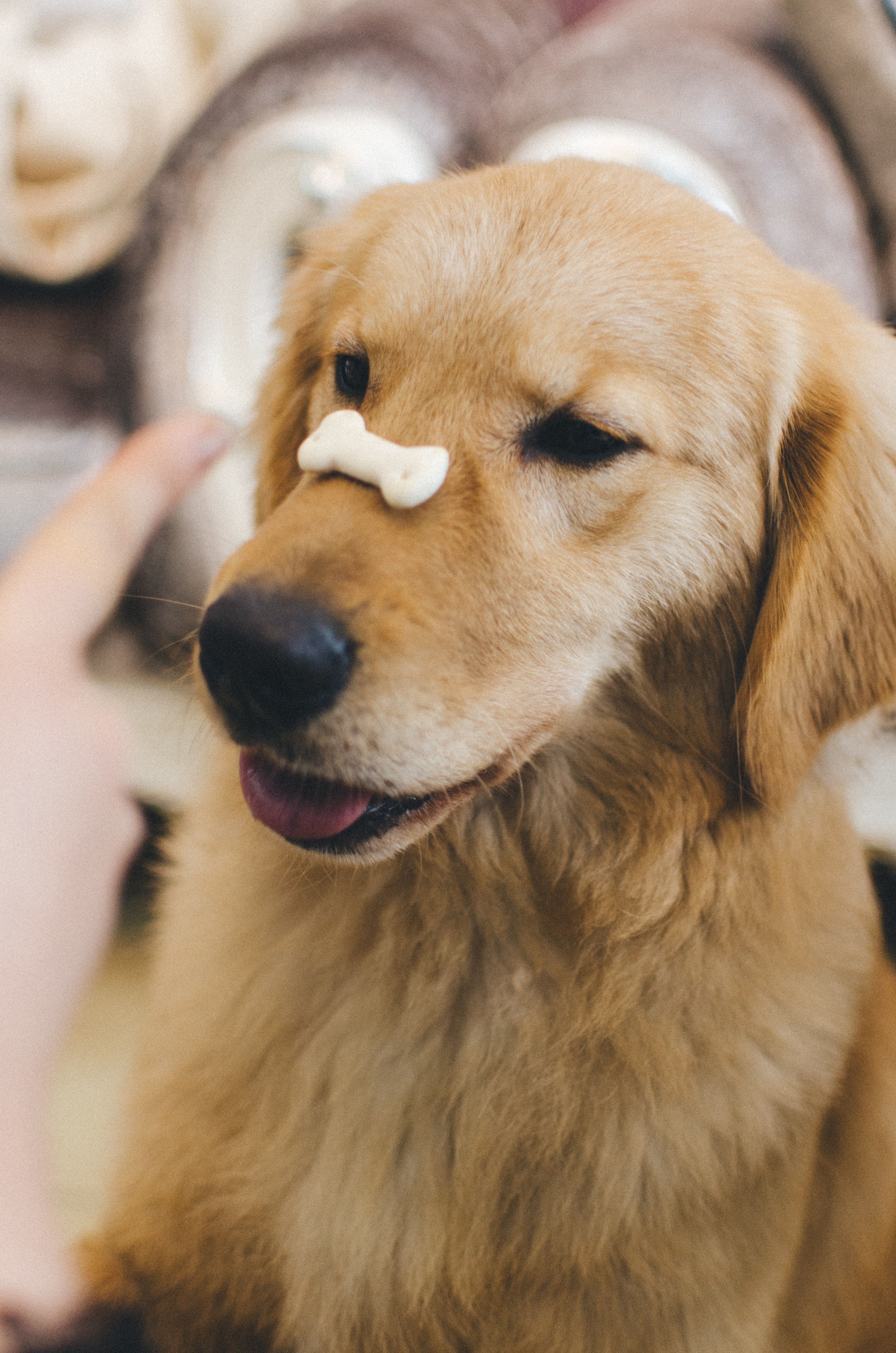Separation Anxiety: The Great Imitator, Part 4
By Meredith Stepita, DVM, DACVB
It’s hard to believe we have been able to cover so many differentials for behaviors associated with separation anxiety in just 3 blogs! The only other differential I want to briefly mention is predatory behavior. Destructive behavior (and even vocalization) may occur when your dog is trying to get to prey; which could be in the form of rats behind the walls! The treatment is to remove the source. Predatory behavior is different from other behavior problems in that it is not very amenable to behavior modification. Dogs are either born with it or not, making the prognosis poor for changing the underlying emotional response.
In the first blog of this series we discussed the signs consistent with separation anxiety. Now that other causes have been ruled out we will focus on solutions for dogs with separation anxiety! As you can see confirmation of the correct diagnosis is important. Separation anxiety is one of the most difficult behavior problems to treat since it is often extremely difficult to never leave your dog home alone. Like other behavior problems, the more your dog practices the anxious behavior, the more he is likely to continue practicing these behaviors when alone and the more difficult it will be to change this. Since not leaving the dog home alone for months and months while behavior modification is implemented is not realistic for most people (myself included), anti-anxiety medications may be prescribed by your veterinarian to facilitate the behavior modification process. If your dog does need to be left alone, he should be left in the place he is most comfortable with multiple long lasting treats he can safely consume in your absence. The Kong Company has some great ideas for different long lasting treat recipes (http://www.kongcompany.com/recipes/). Always ignore your dog for 10-15 minutes before leaving and until calm once returning home in order to decrease the emotional highs and lows of these times.
A key component to treating separation anxiety is to change your dog’s emotional response to being away from you. To do this, your dog first must be comfortable with being in a separate part of the house from you. This is accomplished by implementing mat exercises. Ask your dog to lie down on a mat and give him his favorite long lasting treat. Practice moving further away from your dog as well as increasing the amount of time you are away over the course of many sessions. If your dog is not completely relaxed or eating his treat (certainly if he gets up to come find you), then the amount of time and/or distance should be reduced during the next session. Only lengthen one variable at a time. For example, if you increase the distance you are away from him, decrease the amount of time. Slowly build up time at the new distance.

For some dogs you may only be able to take one step away at first. Other dogs they may calmly chew on their treat as long as you are in the same room. After many weeks, once you are able to walk around the house for about 10-15 minutes out of sight of your dog, start graduated departures. This is an extension of mat exercises with you actually walking out the door. First, leave for only one second. Over many sessions work up to longer and longer periods of time (hopefully hours) away from the house. The long lasting treat should be picked up when the exercise is over so that your dog is rewarded for your absence, not presence. Using a video camera helps to monitor progress once you are out of sight of the dog. Even better is a camera that syncs to your phone so that you can watch your dog while you are away.
Another part of behavior modification for separation anxiety is uncoupling the cues that tell your dog you are leaving from your actual departure. This involves practicing the cues when you are not actually leaving. For example, put on your work shoes and then sit down to read a book. Over time you can do more and more cues together until you are able to work up to a whole day’s routine without leaving. Remember that these are general recommendations and your dog should have a treatment plan devised for his specific circumstances.
***This article was written by Meredith Stepita, DVM DACVB and originally posted June 12, 2015 on Psychology Today’s Blog – Decoding your Pet.





